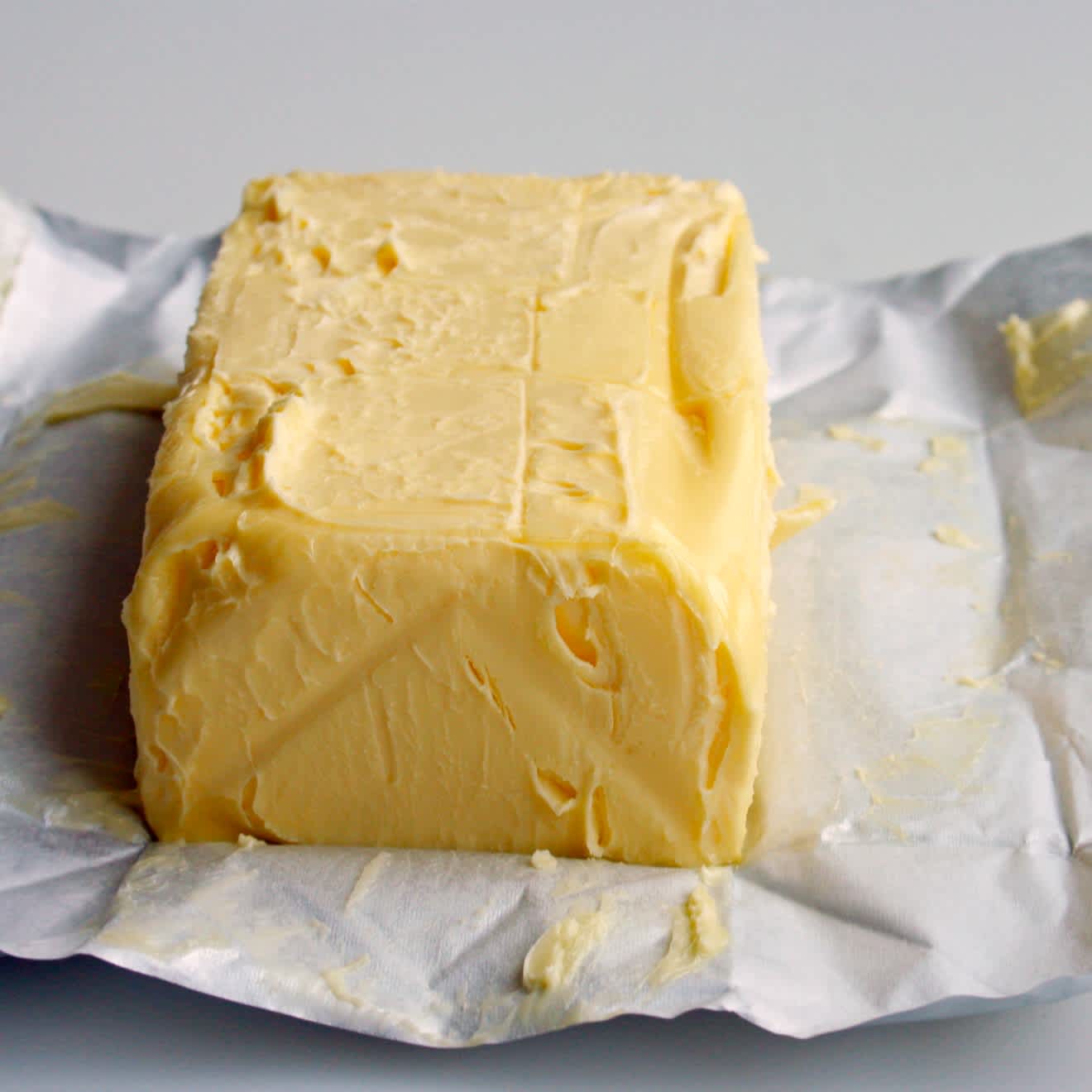
- POPSUGAR Australia
- Living
- Should You Bake With Salted or Unsalted Butter? Here's Everything You Need to Know
Should You Bake With Salted or Unsalted Butter? Here's Everything You Need to Know

To choose unsalted or salted butter? For years, I defiantly went against the recommendations of most chefs, pastry experts, and food bloggers, who claim unsalted is far superior for many reasons, which we’ll get to later. For me, Kerrygold salted butter and Trader Jacques Cultured Salted Butter practically live in my fridge at all times. I can’t get enough of the salted, creamy flavor, which seems to boost the flavor of my pancakes, chocolate chip cookies, and Marcella Hazan tomato sauce. Why would I ever switch to unsalted? Well, after unearthing some evidence against salted butter, I’m left thinking I’m going to have to rethink my butter purchases. So, here’s what you should know so you too can make informed choices at the grocery store.
Related: There’s a Difference Between Cake Flour and All-Purpose Flour, and It Matters When Baking
Salted butter has a longer shelf life.
Salt, as we know, is a preservative, meaning it extends the shelf life of butter. According to Food52, salted butter keeps for five months, while unsalted only lasts for three. For me, this is good news. I don’t eat a lot of butter, and it helps to know that my stick isn’t going to go rancid and spoil too quickly. However, the flip side is, the salted butter you just purchased could potentially be older and less fresh than the unsalted butter next to it. Always check the “best by” date on the butter you buy.
The salt amount varies company to company.
When you buy salted butter, there’s no standard for how much salt is added per stick. While this may seem alarming, keep in mind that it may only vary about 300 milligrams. Good Housekeeping listed a few popular brands, and they contained between 600 and 900 milligrams of salt per stick. From a purely taste perspective, this can be slightly troublesome. Recipe developers want to ensure that their recipes taste the exact same person to person, and it’s difficult to control the exact flavor if each salted butter tastes differently. That’s why chefs and recipe developers prefer using unsalted, so when they say, “add one teaspoons kosher salt,” they can control exactly how salty your dish will turn out.
From a health perspective, the FDA currently recommends 2,300 milligrams of sodium a day (1 teaspoon of table salt) for the average adult. One tablespoon of salted butter may clock in at around 100 milligrams of sodium, which (to me) doesn’t seem too excessive, but it may be worrisome for someone watching their sodium levels.
Salted butter can affect the taste and texture of baked goods.
Food52 and Good Housekeeping conducted taste tests with baked goods (using both salted and unsalted butter) and discovered salted butter contains more water than unsalted butter, resulting in gummier, paler baked treats. Blind taste testers across the board preferred the treats baked with unsalted butter (and salt added in). Unsalted butter resulted in crispier, more golden baked goods.
So what should you buy?
America’s Test Kitchen claims salted butter is fine as a topping for savory foods, like melted over corn (or other veggies) and slathered on toast, English muffins, or biscuits. However, unsalted is the way to go for baked goods. ATK takes it one step further and mentions that butter sold in wax paper or parchment paper (often cheaper) goes bad quicker since the wax paper is more porous, allowing refrigerator scents, light, and air to enter in. This dries out and taints the flavor of the butter. That’s why it recommends buying butter packaged in foil, which helps keep the moisture in and “nasty” refrigerator scents out.

